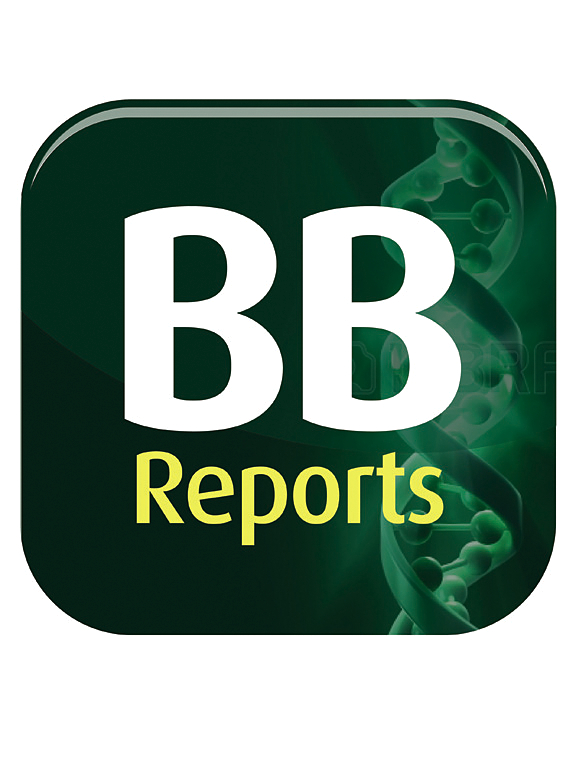Comprehensive transcriptomic analysis of hepatocellular Carcinoma: Uncovering shared and unique molecular signatures across diverse etiologies
IF 2.2
Q3 BIOCHEMISTRY & MOLECULAR BIOLOGY
引用次数: 0
Abstract
Hepatocellular carcinoma (HCC) is a leading cause of cancer mortality, often diagnosed at advanced stages where treatment options are limited. This study undertakes a comprehensive meta-analysis of gene expression profiles from 19 independent datasets sourced from the Gene Expression Omnibus (GEO), encompassing a diverse range of HCC etiologies, including HBV and HCV infections, cirrhosis, and normal liver comparisons. Our analysis identified 125 genes consistently altered across all datasets (e.g., CYP2C9, SLC22A1, RDH5) that represent a pan-etiology HCC signature, implicating retinol metabolism and solute transport as key pathways in HCC pathogenesis. Notably, 14 HBV-specific differentially expressed genes (DEGs) (e.g., ABCA8, GADD45B) and 221 HCV-specific DEGs (e.g., CDK1, CCNB1) were identified, highlighting etiology-specific molecular signatures. Protein-protein interaction (PPI) networks revealed central hubs (e.g., CDK1, CCNE1, TYMS) involved in cell cycle dysregulation and metabolic reprogramming (Warburg effect). These findings provide a robust molecular framework for HCC subtyping and prioritize novel biomarkers and therapeutic targets for further validation. This resource advances the potential for personalized HCC diagnostics and therapies.
肝细胞癌的综合转录组学分析:揭示不同病因的共享和独特的分子特征
肝细胞癌(HCC)是癌症死亡的主要原因,通常在治疗选择有限的晚期诊断出来。本研究对来自基因表达综合(GEO)的19个独立数据集的基因表达谱进行了全面的荟萃分析,涵盖了各种HCC病因,包括HBV和HCV感染、肝硬化和正常肝脏比较。我们的分析确定了125个基因在所有数据集中一致改变(例如,CYP2C9, SLC22A1, RDH5),这些基因代表了泛病因性HCC特征,暗示视黄醇代谢和溶质转运是HCC发病的关键途径。值得注意的是,鉴定出14个hbv特异性差异表达基因(deg)(如ABCA8, GADD45B)和221个hcv特异性deg(如CDK1, CCNB1),突出了病因特异性分子特征。蛋白质-蛋白质相互作用(PPI)网络揭示了参与细胞周期失调和代谢重编程的中心枢纽(例如CDK1, CCNE1, TYMS) (Warburg效应)。这些发现为HCC亚型提供了一个强大的分子框架,并优先考虑新的生物标志物和治疗靶点,以进一步验证。这一资源提高了HCC个性化诊断和治疗的潜力。
本文章由计算机程序翻译,如有差异,请以英文原文为准。
求助全文
约1分钟内获得全文
求助全文
来源期刊

Biochemistry and Biophysics Reports
Biochemistry, Genetics and Molecular Biology-Biophysics
CiteScore
4.60
自引率
0.00%
发文量
191
审稿时长
59 days
期刊介绍:
Open access, online only, peer-reviewed international journal in the Life Sciences, established in 2014 Biochemistry and Biophysics Reports (BB Reports) publishes original research in all aspects of Biochemistry, Biophysics and related areas like Molecular and Cell Biology. BB Reports welcomes solid though more preliminary, descriptive and small scale results if they have the potential to stimulate and/or contribute to future research, leading to new insights or hypothesis. Primary criteria for acceptance is that the work is original, scientifically and technically sound and provides valuable knowledge to life sciences research. We strongly believe all results deserve to be published and documented for the advancement of science. BB Reports specifically appreciates receiving reports on: Negative results, Replication studies, Reanalysis of previous datasets.
 求助内容:
求助内容: 应助结果提醒方式:
应助结果提醒方式:


